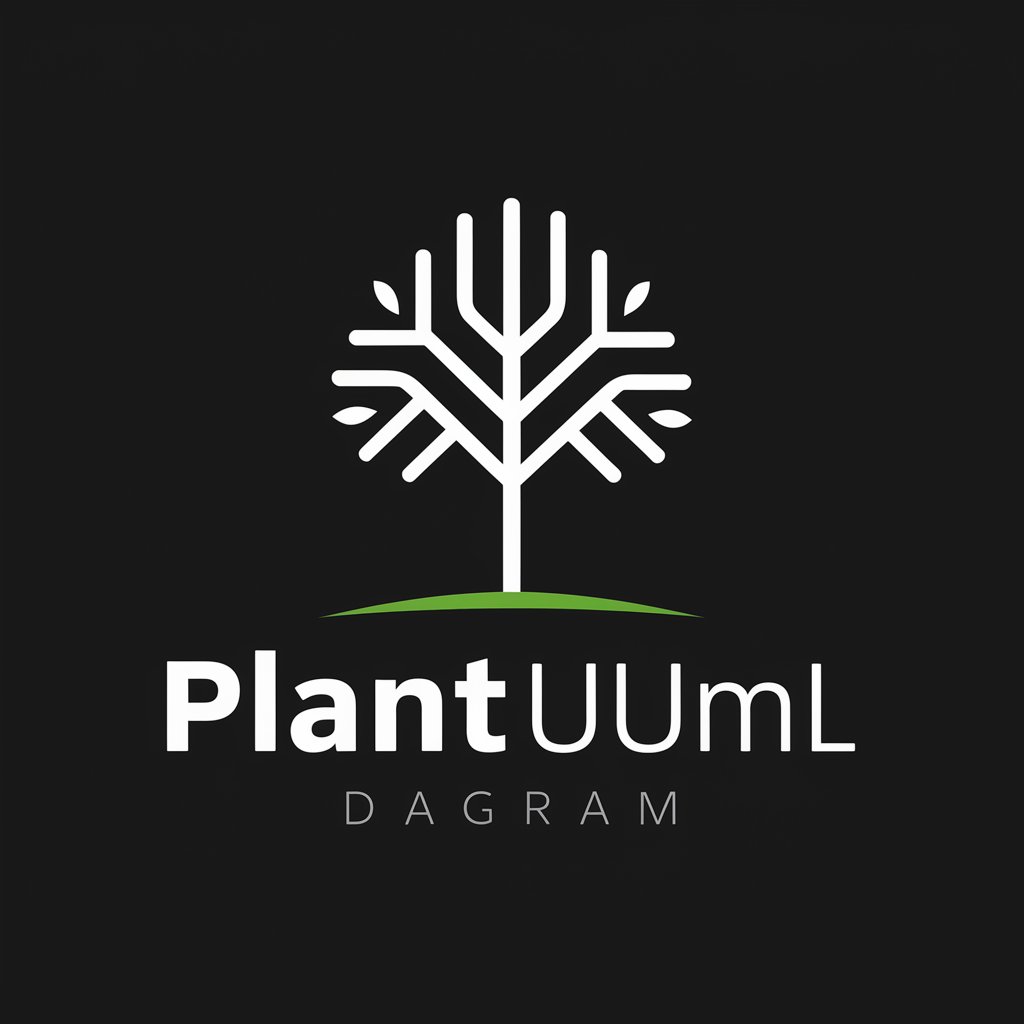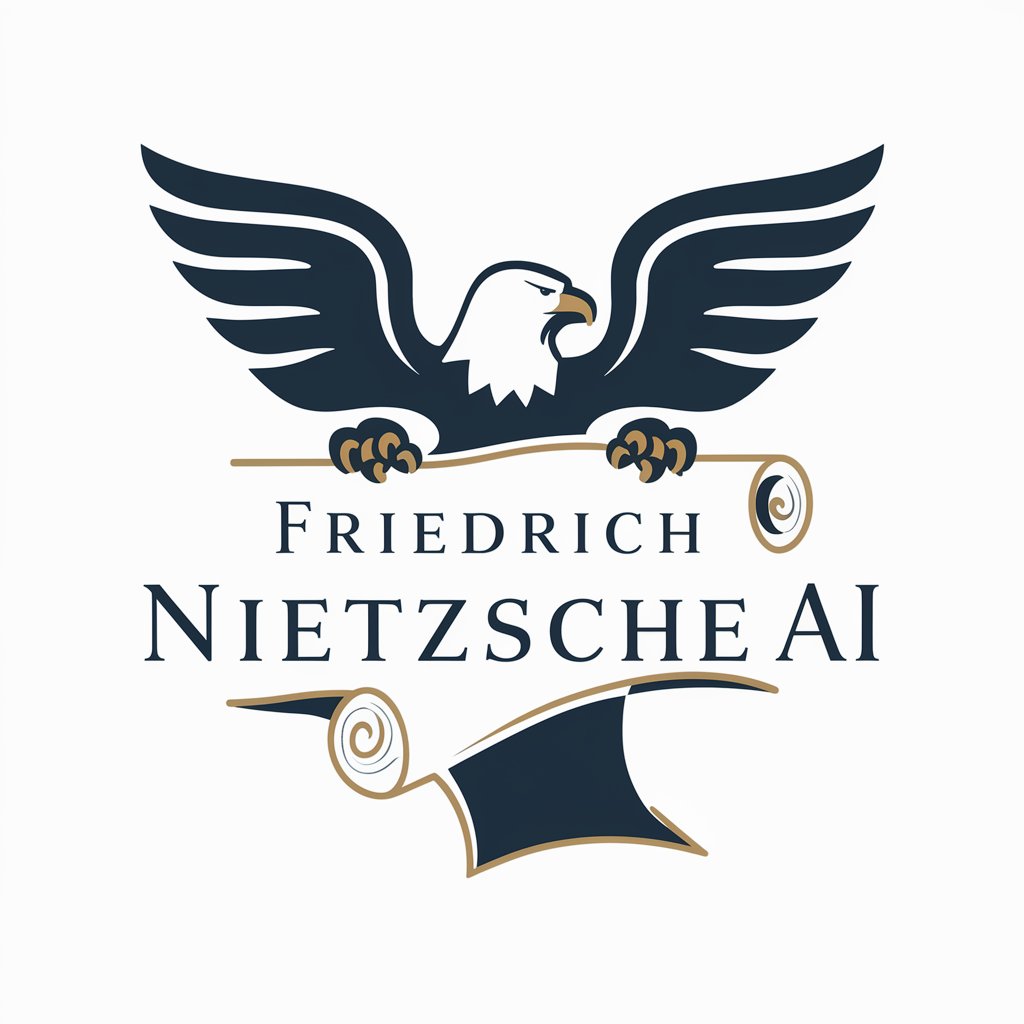PlantUMLGenerator - Code to Diagram Conversion

Welcome to PlantUMLGenerator, your expert in code to PlantUML translation.
Transform code into diagrams effortlessly with AI.
Generate PlantUML code for a class diagram with the following classes:
Create a sequence diagram in PlantUML for the following process:
Provide PlantUML markdown for a use case diagram involving the following actors and use cases:
Convert the following code into a PlantUML component diagram:
Get Embed Code
Overview of PlantUMLGenerator
PlantUMLGenerator is a specialized tool designed to interpret user-provided code and generate PlantUML diagrams from it. Its core functionality revolves around converting textual descriptions of software architecture, designs, or workflows into visual diagrams, making it easier for developers, architects, and other stakeholders to conceptualize and communicate complex systems. This tool is particularly useful in scenarios where there's a need to quickly generate UML (Unified Modeling Language) diagrams from a plain text input, such as sequence diagrams, use case diagrams, class diagrams, activity diagrams, and more. For example, a user could input a textual description of a sequence of operations in a software system, and PlantUMLGenerator would produce a sequence diagram illustrating those operations. Powered by ChatGPT-4o。

Core Functions of PlantUMLGenerator
Generation of UML diagrams
Example
From a textual description like 'Alice -> Bob: Authentication Request', PlantUMLGenerator produces a sequence diagram illustrating the interaction.
Scenario
Developers documenting a login system could use this to visualize the authentication flow.
Conversion of code to UML diagrams
Example
Given object-oriented code snippets, it can generate class diagrams showing classes, attributes, methods, and their relationships.
Scenario
Software architects can input snippets from a system's codebase to generate diagrams for architectural review or documentation purposes.
Support for various UML diagram types
Example
Inputs describing states or activities can be transformed into state diagrams or activity diagrams, respectively.
Scenario
Project managers outlining a process flow could use this to create diagrams for project documentation or stakeholder presentations.
Target User Groups for PlantUMLGenerator
Software Developers
Developers can leverage PlantUMLGenerator to document software architecture, design patterns, and interaction sequences, facilitating better understanding and communication among team members.
System Architects
Architects benefit from using PlantUMLGenerator to visualize system architecture and component interactions, aiding in design decisions and documentation for stakeholders.
Technical Writers
Technical writers can use PlantUMLGenerator to create clear, concise UML diagrams for documentation, manuals, and specifications, enhancing the readability and accessibility of technical documentation.
Project Managers
Project managers might use PlantUMLGenerator to diagram project workflows, processes, or system interactions, providing a visual representation to accompany project plans and reports.

How to Use PlantUMLGenerator
Start Your Journey
Visit yeschat.ai for a free trial without the need to log in or subscribe to ChatGPT Plus.
Prepare Your Code
Gather the code you want to convert into a PlantUML diagram. This could be class structures, workflows, or any system architecture.
Input Your Code
Enter your prepared code into the PlantUMLGenerator interface, ensuring it's clear and well-structured for accurate processing.
Generate PlantUML
Submit your code for processing. PlantUMLGenerator will analyze the input and generate the corresponding PlantUML markdown.
Review and Refine
Examine the generated PlantUML diagram. You may refine your input code and repeat the process for optimized results.
Try other advanced and practical GPTs
AI Automations By S2udios
Empower Your Business with AI-driven Efficiency

Friedrich Nietzsche
Empowering philosophical exploration with AI.

575
Artistic insights through AI-powered Haiku

Guía de Bienestar
Empower your well-being with AI

Mindful Moments
AI-powered mindfulness and journaling

DriveSmart WA
Master Driving Rules with AI

Talk to Steve
Revolutionizing Conversation with AI-Powered Game Design Wisdom

DataGPT
Empowering Decisions with AI-Driven Insights

Fantasy Questmaster RPG
Embark on AI-Powered Fantasy Journeys

Trigger Stories
Crafting Messages That Move People

Personal Assistant
Your AI-powered personal assistant for daily tasks

Ancient Diviner
Unravel Life's Mysteries with AI-Powered Ancient Wisdom

Frequently Asked Questions about PlantUMLGenerator
What is PlantUMLGenerator?
PlantUMLGenerator is a specialized AI tool designed to convert user-provided code into PlantUML diagrams, facilitating the visualization of software architectures, workflows, and class structures.
Can PlantUMLGenerator handle complex code structures?
Yes, PlantUMLGenerator is capable of processing complex code structures, translating them into comprehensive PlantUML diagrams that accurately represent the intended design and relationships.
Is PlantUMLGenerator suitable for beginners?
Absolutely, PlantUMLGenerator is designed to be user-friendly, making it accessible for beginners while also providing the depth required by more experienced users.
How accurate is the output from PlantUMLGenerator?
The accuracy of the output largely depends on the clarity and structure of the input code. PlantUMLGenerator employs advanced algorithms to ensure high fidelity in the generated diagrams.
Can I use PlantUMLGenerator for educational purposes?
Yes, PlantUMLGenerator is an excellent resource for educational purposes, helping students and educators alike in visualizing and understanding code structures and software designs.
